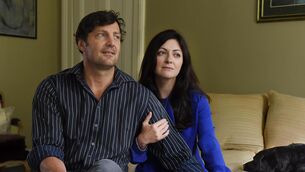The dismal science can be great fun — just chill out and follow the plot
Perhaps Milton Friedman or John Maynard Keynes have sold more — I don’t know — but how many of us got past the first 10 pages?
Freakonomics was different. It made economics fun — sexy, even — by applying all the discipline’s tools to everyday life. It was a bit rough around the edges but fascinating nonetheless and became the publishing sensation of 2005.
















